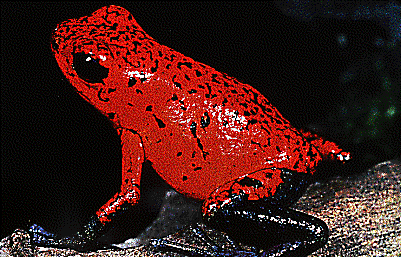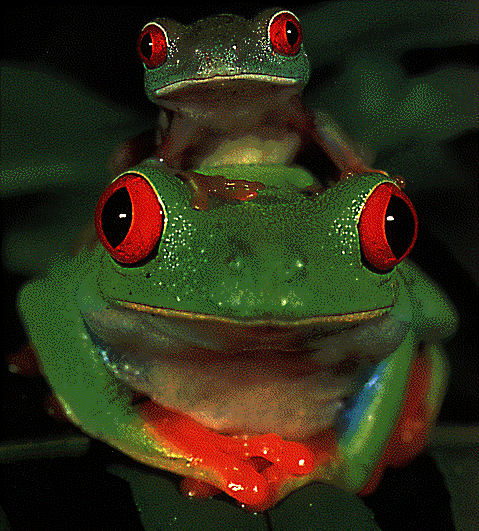The World of Frogs, Toads,
Salamanders and Newts
Richard Hofrichter, Editor
(Firefly Books)

- Round about the cauldron go;
In the poison'd entrails throw.
Toad, that under cold stone
Days and nights hast thirty-one
Swelter'd venom sleeping got...
Eye of newt, and toe of frog,
Wool of bat, and tongue of dog,
Adder's fork, and blind-worm's sting,
Lizard's leg, and howlet's wing,
For a charm of powerful trouble...
Finger of birth-strangled babe
Ditch-deliver'd by a drab,
Make the gruel thick and slab.
Amphibians is divided into five parts, with chapters from such experts as Doris Gutser, Ulrich Sinsch, Alois Lametschwandtner, Rudolf Malkmus, and Josef Schmuck and I didn't make up a one of these names: perhaps those who study the googly things of life have to start out with certain handicaps. Their essays appear under five main headings:
- Evolution, Systematics, and Biogeography;
- Biology and Physiology;
- Ecology and Ethology;
- The Meaning of Amphibians for Mankind;
- Amphibians: Endangerment and Species Protection.
Our favorite pics are the colorful redhead [above], the red-eyed tree frog [below], the tomato frog [you have to see it to believe it], and the Anura green frog ["When this frog's hind legs are grabbed, it opens its mouth and issues a sound similar to fighting tomcats."]
The fire salamander can live up to fifty years in captivity. The ground-
